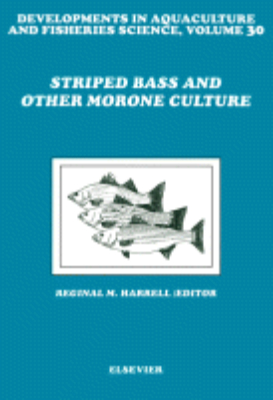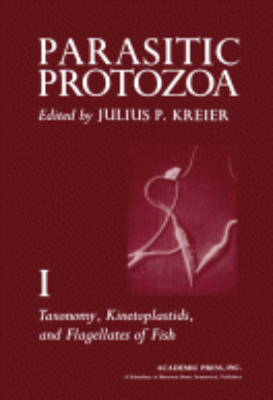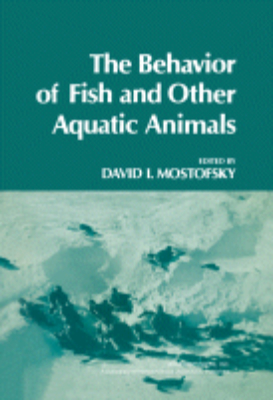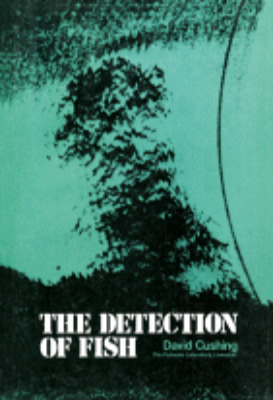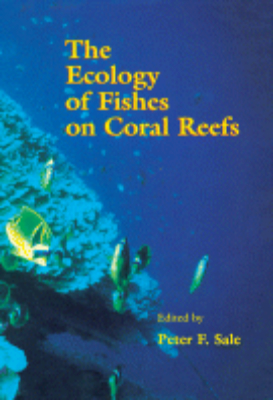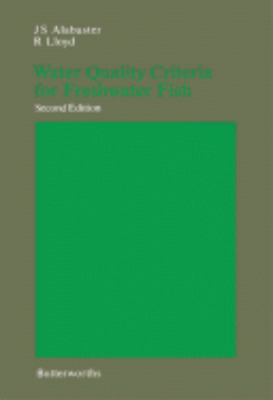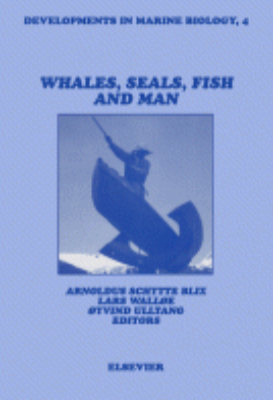E-Resources
Taxonomy Kinetoplastids and Flagellates of Fish
Parasitic Protozoa, Volume I: Taxonomy, Kinetoplastids, and Flagellates of Fish contains 10 chapters that first discuss the classification of the protozoans, and then explain the system of parasitic protozoans. This reference material focuses on the significant aspects specifically related to Leishmania and trypanosomes, including the trypanosomes causing disease in man and livestock in Africa, as well as the nonpathogenic trypanosomes of mammals. Lastly, the flagellate parasites of fish are described. This book will be invaluable to physicians and veterinarians interested in studying the parasite’s disease-causing property in man and livestock.
The Behavior of Fish and Other Aquatic Animals
The Behavior of Fish and Other Aquatic Animals provides a comprehensive discussion of the behavior of fish and other aquatic animals. It aims to fulfill the need for published materials that can responsibly depict the status quo of existing knowledge, and that can serve to educate the scientist seeking an organized presentation focused on biobehavioral issues and techniques. The book begins by exploring symbiotic relationships in fishes that range from broad multispecific types that have little or no intimacy between symbionts to intimate mutualistic relationships. It then presents studies on the feasibility of using teleost fish as subjects in behavioral toxicology experiments; the visual behavior of fishes; the role of the teleost telencephalon in behavior; and the auditory systems of fishes. The remaining chapters cover the behavior of turtles in land, sea, and fresh waters; visually guided behavior in turtles; the gas bubble disease of fish; and the advantages and limitations of acoustic telemetry, which has been used to obtain data from animals ranging in size from hatchling sea turtles to large tuna and sharks.
The Detection of Fish
The Detection of Fish is a guide on how to locate fish through the indications of its presence in the area and the use of different acoustic instruments. The book has seven chapters, which cover the different types and locations of fisheries; the evaluation of resources of exploratory fishing; the position of fisheries; the two fish detection methods; basic principles of acoustics in relation to fishing; and the estimation of abundance of fish with an echo sounder. Also covered are the study of behavior of fish through acoustic means; the deep scattering layer and its different investigations; and the use of more complex acoustic instruments. The text is recommended for beginning fishermen, entrepreneurs who wish to venture in the fishing business, and those who work for government agencies who oversee fishing and aquatic resources. Marine biologists, especially those concerned with the study of fish, would also find the book as a handy guide.
The Ecology of Fishes on Coral Reefs
This book provides a comprehensive and up-to-date review of the ecology of coral reef fishes presented by top researchers from North America and Australia. Immense strides have been made over the past twenty years in our understanding of ecological systems in general and of reef fish ecology in particular. Many of the methodologies that reef fish ecologists use in their studies will be useful to a wider audience of ecologists for the design of their ecological studies. Significant among the impacts of the research on reef fish ecology are the development of nonequilibrium models of community organization, more emphasis on the role of recruitment variability in structuring local assemblages, the development and testing of evolutionary models of social organization and reproductive biology, and new insights into predator-prey and plant-herbivore interactions.
The Laboratory Fish
This reference series provides researchers of all kinds with comprehensive practical information on different species of laboratory animals, for daily laboratory use. Each title in the series in devoted to a different species. and draws together all available data in one easily accessible source. Each has similar format, with sections on the strains available, their husbandry and special diets. This leads to sections on gross anatomy, endocrinology and reproduction, followed by more detailed sections on neuroanatomy, vasculature, cell biology and histology of particular organs and structures, and a section on molecular biology. High quality illustrations are included throughout, with copious color histology microphotographs. Key Features @introbul:Key Features@bul:* Comprehensive reference source for anybody working with laboratory fish* 2-color, user-friendly format* Copious high quality illustrations included throughout* Color plate section* Glossary* Appendix of useful addresses
The Microbiological Quality of Food
“The Microbiological Quality of Food: Foodborne Spoilers specifically addresses the role of spoilers in food technology and how they affect the quality of food. Food spoilers represent a great challenge in food quality, determining the shelf-life of many products as they impact consumer acceptability of taste, texture, aroma, and other perceptions. Divided into four sections, the first section defines microbial spoilage of food, with special emphasis on methods for the evaluation of spoiling phenomena and the status of their regulatory framework, examining both existing regulations and possible gaps. The second section examines spoiling microorganisms, covering a range of common spoilage microorganisms, including pseudomonas, yeasts, and molds and spore formers, as well as less-common spoilers, including lactic acid bacteria and specific spoilage organisms in fish. The third section highlights spoiling phenomena within certain food types. Chapters cover dairy, fish, meat, and vegetables, and other products. The final section investigates emerging topics which point to future trends in the research of food spoilers. There is insight into microorganisms resistant to preservation, the role of biofilms in food quality, and the link between food safety and food spoilage, with a special emphasis on certain spoiling microorganisms which could be opportunistic pathogens. Written by an international team of leading authors, this book provides state-of-the-art coverage of this topic, which is essential to the shelf-life and quality of food. Key Features. Provides in-depth coverage of the different spoilers which cause the deterioration of foods, including less common spoilers not covered in other publications. Includes dedicated chapters covering the spoilage of specific products, making this book ideal for those working in the food industry. Presents a framework for future research in the area of foodborne spoilers”
The Stability and Shelf-life of Food
“The second edition of The Stability and Shelf-life of Food is a fully revised and thoroughly updated edition of this highly-successful book. This new edition covers methods for shelf-life and stability evaluation, reviewing the modelling and testing of the deterioration of products as well as the use of sensory evaluation methods for testing food spoilage. The first part of the book focuses on deteriorative processes and factors influencing shelf-life, covering aspects such as chemical deterioration, physical instability and microbiological spoilage. The effects of process and packaging on the stability and shelf-life of products are also covered in this part. Part Two reviews the methods for shelf life and stability evaluation. These include sensory evaluation methods and instrumental methods to determine food quality deterioration. The final section of the book covers stability of important ingredient categories, from oils and fats, to beverages such as beer, wine, coffee and fruit juices, in addition to bakery products and meats. With updated chapters reflecting advances made in the field and with the addition of new chapters covering the stability and shelf-life a variety of products, this new edition will provide the latest research for both academics working in the field of food quality as well as providing essential information for food scientists working in industry. Key Features. Thoroughly revised and updated edition of a very popular and well regarded book. Includes dedicated chapters covering the shelf-life and stability of specific products making this book ideal for those working in industry. Presents a wide coverage of the processes and factors influencing shelf-life, the evaluation of stability and shelf-life and the stability and shelf-life of particular products makes this book valuable for both academics and those working in industry”
Water Quality Criteria for Freshwater Fish
Water Quality Criteria for Freshwater Fish, Second Edition, is a collection of 12 technical papers on water quality criteria for European freshwater fish, together with a report on fish toxicity testing procedures that have been produced for the European Inland Fisheries Advisory Commission (EIFAC)an intergovernmental organization with a current membership of 24 countries. Each chapter reviews a particular water quality characteristic for European inland fisheries, although the effects of mixtures with other harmful substances have been described for some of them. These characteristics include water quality criteria for finely suspended solids and pH values; water temperature; the effect of ammonia; phenolic wastes; dissolved oxygen; chemistry and toxicology of chlorine; and toxicity of zinc, copper, and cadmium. The reports in this volume will be useful not only to the member countries of the European Inland Fisheries Advisory Commission, but also to those concerned with the management of inland waters and their fishery resources in other continents.

